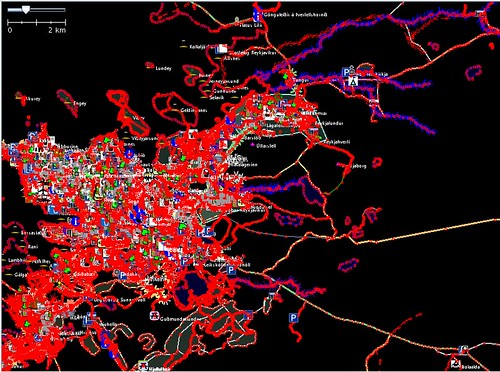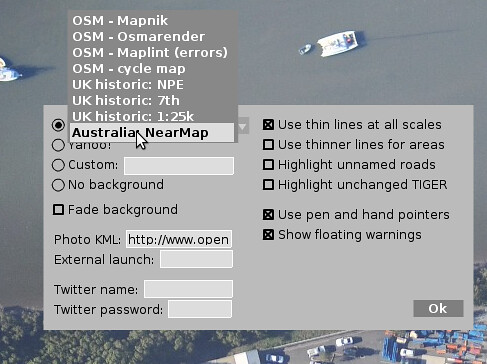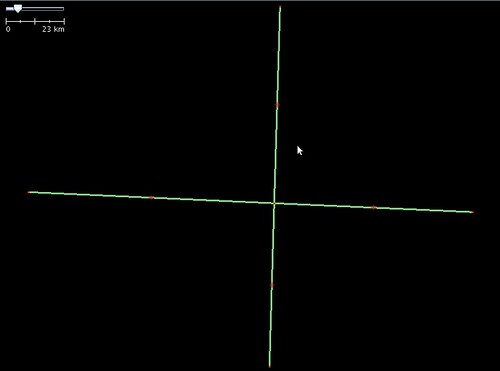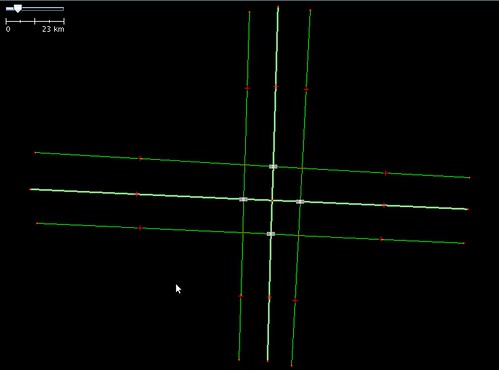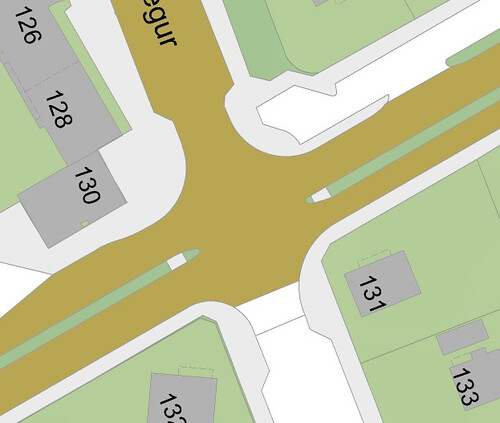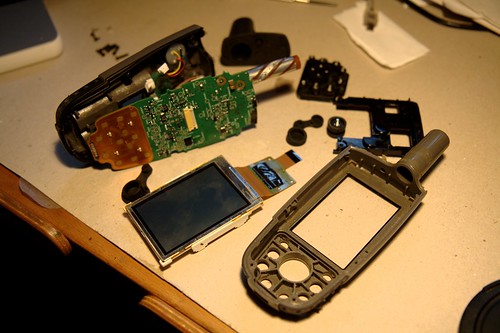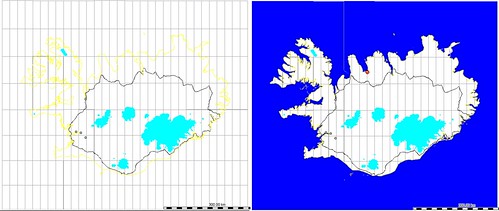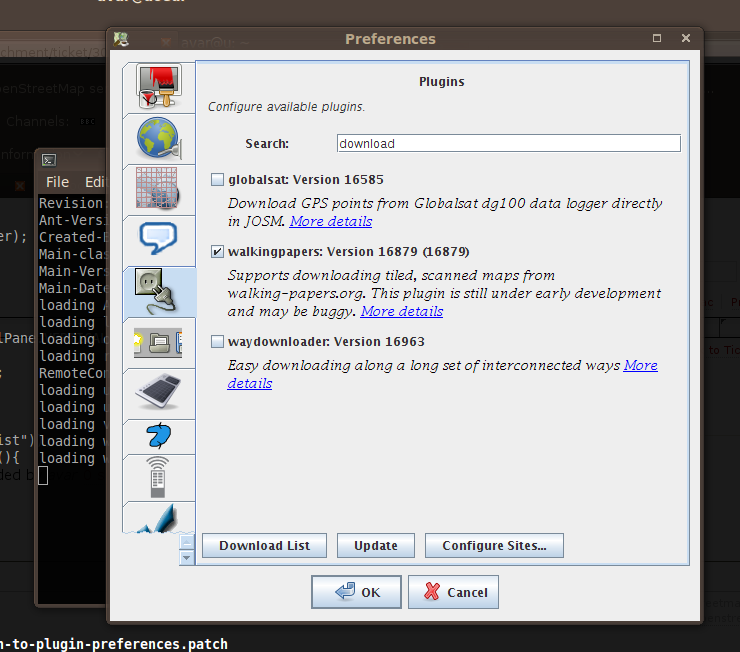Reykjavík, Iceland to commission a cyclemap based on OpenStreetMap data + potential data donation
Posted by Ævar Arnfjörð Bjarmason on 5 September 2010 in English.Interesting things have been happening for OpenStreetMap in Iceland recently. The city of Reykjavík just approved that they'll be commissioning an interactive cycle and pedestrian map base on "open data" (aka. OpenStreetMap data). And there are upcoming talks between OpenStreetMap contributors on Iceland and the city's own GIS team, perhaps we'll get a data donation as well.
The background is that the minority Independence Party with Gísli Marteinn Baldursson (a member of Reykjavík city council and cycle enthusiast) made the news in Iceland recently with Gísli's suggestion that they city commission an interactive cycle map for the city. Gísli pointed out that Seattle already had such a map, linking to Ride The City, a cycle map based on OpenStreetMap data.
I, Björgvin Ragnarsson and others in the Icelandic OpenStreetMap community promptly responded (in Icelandic) that numerous such websites for Iceland already existed based on OpenStreetMap data. And that the city's resources would be best spent not by commissioning their own proprietary system (as they've done for their bus network routing), but instead that they should contribute to such open data efforts.
To reinforce the point we bought hjolavefsja.is (literally: cyclemap.is) and worked with the fantastic guys at Ride The City to make a cycle map for Reykjavík with an Icelandic interface in a hurry. They did all the work, we just contributed the translation.
Gísli and others in government liked the idea, and approved it formally at a recent meeting.
The relevant part is article 8 which states that the city will commission an online cyclemap and pedestrian routing application, and that its implementation shall use open source software and open geodata.
As if that wasn't good enough Björgvin and others will be having a meeting with the city's GIS department.
We have no idea what'll come out of it, but the city has an award-winning GIS database that includes basically every man-made object within the city limits (including streets, sidewalks, water pipes and contours every dozen centimeters or so) in vector format. We have no idea what if anything we'll get from them, but this could end up being one of the biggest (measured in sheer detail) data contributions in OpenStreetMap's history.
Oh, and for the meeting we want to show them the area on the OpenStreetMap planet with the best cycle coverage. I know about bestofosm.org, but I don't know what to pick. Suggestions?

